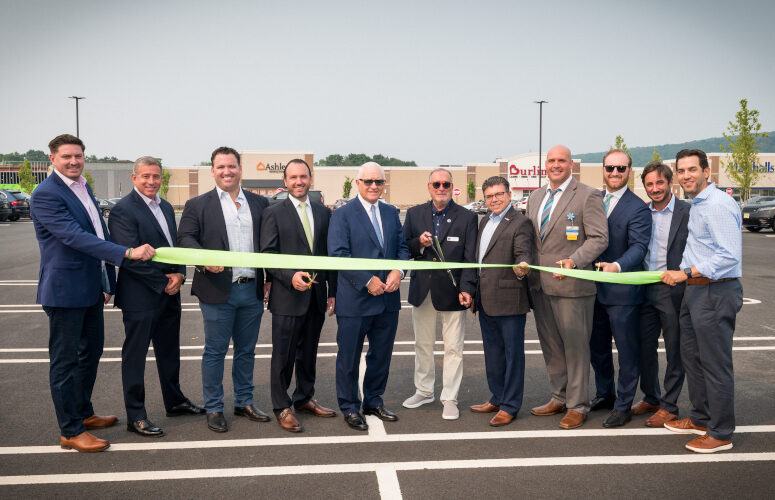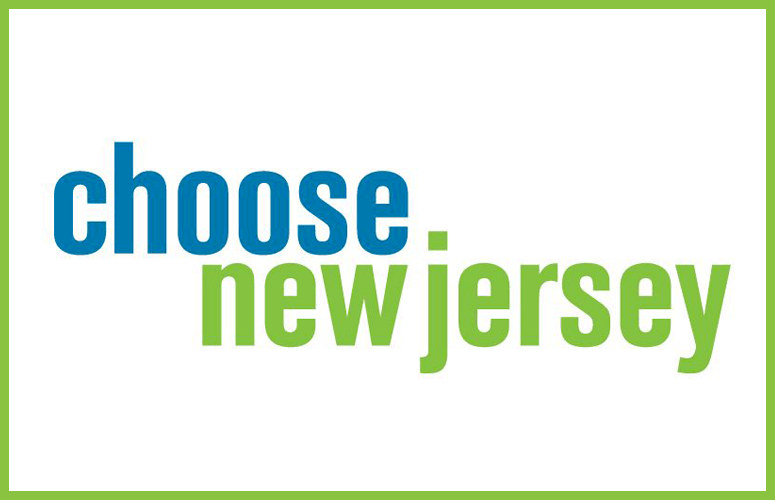
Demand for Housing Units in Downtown Trenton Increases
Younger Singles and Couples Make Up the Largest Share of the Market for New Housing in Downtown Trenton
On Apr 20, 2023Greater Trenton, an independent 501(c)3 nonprofit organization dedicated to promoting economic revitalization in New Jersey’s capital city, has released its updated Downtown Trenton residential market study, in sponsorship with Wells Fargo and New Jersey Realtors Association, to determine the market potential and optimum market position for newly-introduced housing units in Downtown Trenton. The study determined that the updated potential market in the Greater Downtown Trenton Study Area is a third higher than in 2018 and can support up to 1,270 new residential units including 995 rental apartments, 200 for-sale rowhouses/townhouses, and 75 for-sale condominiums over the next five years.
According to the study, the city-wide annual average potential market over the next five years for new and existing housing units is 5,670 households. This annual potential market for new and existing housing units is further refined within the Greater Downtown Trenton Study Area to 2,760 younger singles and couples, empty nesters and retirees, and traditional and non-traditional families of all incomes.
“We’re excited to see continued healthy residential demand within our historic and diverse capital city,” said Trenton Mayor Reed Gusciora. “From its unique cultural assets to its robust arts community, wonderful mix of restaurants, and its tremendous highway and rail access, Trenton stands strong as an attractive destination to live, work, play, and visit.”
“Greater Trenton was formed to create opportunities for all current and future residents and businesses in Trenton by advancing economic development” said Kevin Cummings, Chair of Greater Trenton. “We are pleased to commission this study which quantifies the residential demand within Trenton’s downtown core in furtherance of our mission.”
“Trenton continues to benefit from a 7% increase in population to nearly 91,000 residents and becoming one of the top ten largest municipalities in the entire state” said George Sowa, CEO of Greater Trenton. “As we look to maximize Trenton’s residential market, it will be important to focus on developing higher-density housing types while also redeveloping existing buildings in Downtown Trenton.”
The study noted that Trenton’s attraction as a place offering a highly transit-oriented location; range of affordability; vibrant arts community; rich history; and being a welcoming community combined with the city’s high walk score position it exceptionally well for continued growth.
“There are numerous real estate assets, both historic and modern, that enhance the attractiveness of residential living in Downtown Trenton,” said Jarrod Grasso, Chief Executive Officer at New Jersey Realtors Association. “Prominent attractions in Trenton from the Old Barracks to the Cure insurance Arena to the War Memorial and others are also complimented by Mercer County’s regional attractions including Grounds for Sculpture, Princeton University Art Museum, Washington Crossing Historic Park and more.”
The study also noted that the aftermath of the housing crash continues to reverberate through the housing market nearly 15 years later as evidenced by significant changes in market preferences from single-use subdivisions in exurban locations to mixed-use, walkable developments, particularly in downtown and intown neighborhoods. This transformation has been driven by the convergence of the preferences of the two largest generations in the history of America: the estimated 69.6 million Baby Boomers born between 1946 and 1964, and the estimated 72.1 million Millennials, who were born from 1977 to 1996 and, in 2010, surpassed the Boomers in population.
The convergence of two generations of this size – simultaneously reaching a point when urban housing matches their life stage – is unprecedented. The preference for urban living evidenced by both younger and older one- and two- person households has been a primary force in downtown redevelopment across the country, and continues despite press articles to the contrary, citing anecdotal pandemic-induced moves out of cites. Although this trend was notable at the onset of the pandemic, significant numbers of households who had left their urban neighborhoods have now returned or have been replaced by others, and as the coronavirus is perceived by many to be less of a threat, urban occupancies are resuming pre-pandemic levels.
The pandemic trend of rising single-family detached home purchases also continues across the country, reducing inventory and increasing pressure on home values, resulting in a significant decline in housing affordability. Although recent interest rate increases have had an impact on purchase volume, house prices are currently holding steady. Another significant shift is the Millennials’ strong propensity for renting rather than owning. This is due in part because of their relative youth – many do not have sufficient funds for a down payment and many others are burdened by student debt – and in part because the prior collapse of the housing market made many of them skeptical about the value of owning versus renting.
Both the 2018 and updated 2023 studies were conducted by Zimmerman/Volk Associates, Inc., which has a national reputation for innovative market analysis based on its proprietary target market methodology.
To access a full copy of this study, please visit: https://www.greatertrenton.org/residential-study/
To access more business news, visit NJB News Now.
Related Articles:





